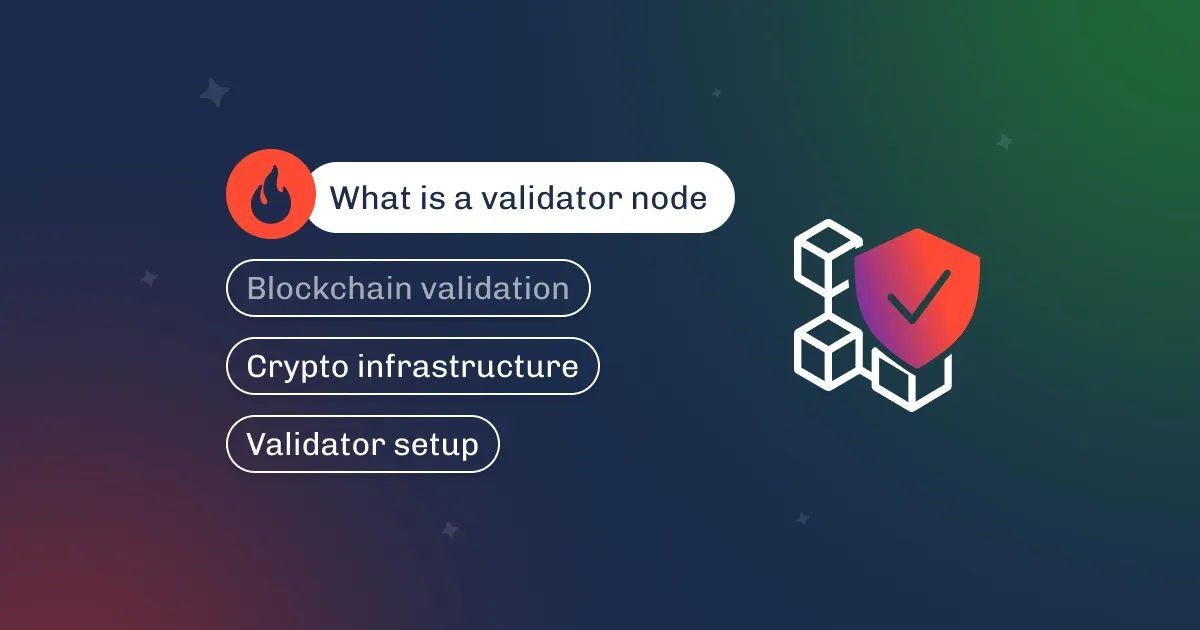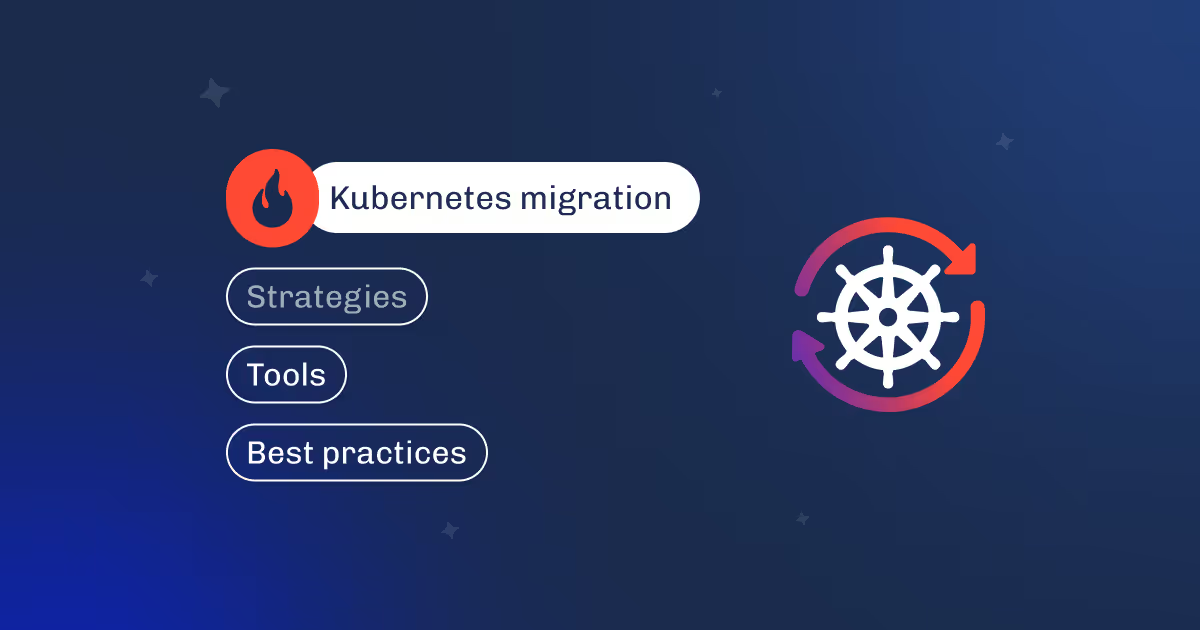

Why are so many businesses turning to hybrid cloud solutions? According to Flexera’s 2024 State of the Cloud report, 72% of enterprises have adopted hybrid cloud strategies to harness the power of both public and private cloud environments.
The appeal is clear: it offers the scalability of public clouds while maintaining the control and security of private infrastructures. However, with this growing popularity comes the challenge of managing a hybrid setup efficiently, avoiding pitfalls like increased complexity and spiraling costs.
In this article, created with input from cloud experts, we’ll explore the mechanics of hybrid cloud, its benefits, and offer solutions to help your business maximize this powerful approach.
A hybrid cloud is a computing architecture that combines on-premises infrastructure, private cloud, and public cloud services into a unified system. This integration allows businesses to manage data and applications across different environments, providing flexibility in resource allocation and workload management.
On-premises infrastructure offers control and security, while public cloud services from providers like AWS, Google Cloud, or Microsoft Azure offer scalable and cost-effective resources for non-sensitive operations. Private clouds, either on-site or hosted, ensure dedicated resources for critical workloads.
%2525201.avif)
Initially, hybrid cloud models focused on connecting on-premises systems with private cloud environments, using middleware or platforms like Red Hat OpenShift to integrate with public clouds. Today, hybrid clouds go beyond basic connectivity, supporting automated deployment and seamless workload portability across environments.
This allows organizations to dynamically shift resources, optimize costs, and maintain security and compliance, while still leveraging the scalability and efficiency of public cloud services.
A hybrid cloud model seamlessly integrates public and private cloud environments through secure communication channels, often utilizing APIs, middleware, or Virtual Private Networks (VPNs).

In a typical hybrid cloud infrastructure, user access from corporate facilities is routed through a VPN, which connects to both private data centers and public cloud infrastructures. The corporate VPN serves as a secure tunnel, ensuring that sensitive data remains encrypted during transmission between environments.
Data centers and public clouds are often interconnected using high-speed, low-latency links that ensure efficient data flow and minimize downtime. To achieve this, hybrid cloud environments rely on technologies such as direct interconnects or software-defined networking (SDN) to optimize traffic routing between private infrastructure and multiple public cloud providers.
This approach ensures that workloads are executed in the most efficient environment based on cost, performance, and security requirements.
Here are six key use cases highlighting the strategic advantages and benefits of adopting hybrid cloud solutions.
Hybrid clouds modernize IT infrastructures for specific workloads. During COVID-19, companies used hybrid clouds to handle supply chain disruptions, support remote work, and scale e-commerce platforms. Financial firms isolate sensitive data on private clouds while running apps on compliant public platforms, improving operations and customer services.
Hybrid clouds integrate disaster recovery by hosting systems on private clouds and backing them up on public ones. Disaster Recovery as a service (DRaaS) ensures business continuity by shifting operations to public clouds during disruptions like outages or cyberattacks.

Public clouds provide cost-effective environments for development and testing, eliminating the need for on-premises hardware. Applications developed in public clouds can later move to private clouds for security or compliance.
Cloud bursting manages workload spikes by shifting overflow traffic from private to public clouds. This ensures uninterrupted service and reduces costs associated with maintaining excess on-premises capacity.
Edge computing, combined with hybrid cloud, brings processing closer to data sources like IoT devices, enabling real-time analytics and low-latency responses crucial for sectors like manufacturing and healthcare.
Cloud Hybrid clouds support AI workloads, such as large language models (LLMs), by offering scalable computing power while storing sensitive data in private clouds, ensuring security and compliance.
The hybrid cloud applications distinguish it from purely public or private cloud solutions. Below is a table outlining these key characteristics and how they translate into business benefits:
| Feature description | Business benefits | Example |
| Combines the scalability of the public cloud with the control of the private cloud. | Businesses can scale resources on demand without overinvesting in private infrastructure. | Shopify scales during Black Friday sales while securing data privately. |
| The private cloud offers enhanced security for sensitive data and compliance needs. | Data governance and compliance are maintained while still benefiting from cloud agility. | Mayo Clinic secures patient data while using the cloud for research. |
| Public cloud usage reduces overall costs for non-critical workloads. | Pay-as-you-go pricing models in public clouds prevent unnecessary CAPEX in private setups. | Netflix streams via the public cloud but secures algorithms privately. |
| Seamless movement of data and workloads between clouds. | Organizations can optimize workload distribution based on performance and cost metrics. | Goldman Sachs shifts applications between clouds for efficiency. |
| Automatic scaling to the public cloud during peak demand. | Reduces the need for overprovisioning and ensures performance during high-traffic periods. | Epic Games scales servers during game releases. |
| Ensures that sensitive data is handled within regulatory frameworks. | Setups can be designed to meet industry-specific compliance requirements (HIPAA, GDPR). | HSBC secures transactions privately, handling support on the public cloud. |
| Redundant architecture across public and private clouds ensures uptime. | Businesses benefit from disaster recovery capabilities and fault tolerance. | FedEx replicates logistics data across clouds for continuity. |
With the ability to stay capable where both public and private cloud fail, hybrid cloud offers a flexible and future-proof solution for enterprises navigating complex infrastructure needs.
Based on the information above, here are the key advantages and drawbacks to consider when choosing a hybrid cloud solution.
%252525201.avif)
Managing hybrid cloud environments requires advanced tools such as Kubernetes, VMware, and OpenStack to ensure seamless integration between public and private clouds.
Read how our experts conduct Kubernetes management and use k8s clusters for deeper insights.
Effective management involves more than just connecting these environments; it also includes comprehensive capabilities offered by Cloud Management Platforms (CMPs).
CMPs support essential functions like self-service cloud provisioning, resource management, and automation, enabling organizations to deploy and scale resources efficiently. They also provide orchestration tools for automating cloud processes, and governance features that enforce policy-based controls over cloud resources. Additionally, financial management features are used to track usage and costs, offering real-time analytics and reporting for better cost optimization.
For security and compliance, CMPs include encryption management, access control, and identity authentication tools. Integration capabilities ensure smooth connections between IT systems, billing systems, and monitoring tools.
Platforms like Kubernetes automate containerized application management, while VMware solutions like vSphere extend on-premises infrastructure into the cloud, maintaining consistency. OpenStack offers control over compute, storage, and networking resources, providing flexibility while avoiding vendor lock-in.
A notable case study comes from Kellogg’s, a global food company that utilized an AWS-based hybrid solution to enhance its trade spending optimization. Kellogg’s faced challenges with its traditional on-premises relational database, which struggled to handle the massive amounts of data generated from its trade promotions and marketing efforts.

Kellogg’s deployed the SAP Accelerated Trade Promotion Management (TPM) system on AWS, using SAP HANA in-memory databases to process large volumes of data in real-time. The system ran in a hybrid environment, with critical data stored in Kellogg’s private data centers and compute-intensive tasks handled by AWS EC2 instances. The hybrid model enabled Kellogg’s to analyze 16TB of US sales data weekly, running dozens of data simulations to optimize trade spending and promotions.
This example of hybrid cloud was substantial: Kellogg’s realized significant annual savings in software, hardware, and maintenance costs, while instances for data simulations were spun up 90% faster than before.
Hybrid cloud solutions are crucial for extending data centers, optimizing workloads, and scaling while securing sensitive information. Trends show deeper integration with AI, edge computing, and multi-cloud platforms, boosting performance and agility.
However, managing these environments poses challenges, such as visibility issues and the need for specialized skills. While hybrid clouds offer flexibility and cost efficiency, they also require more resources and adapt to public cloud changes. Effective monitoring and management tools are essential for ensuring smooth operations and security.
Need expert help? Call on us for hybrid cloud operation services —we’ll seamlessly integrate it into your infrastructure, enhancing scalability, security, and performance.






